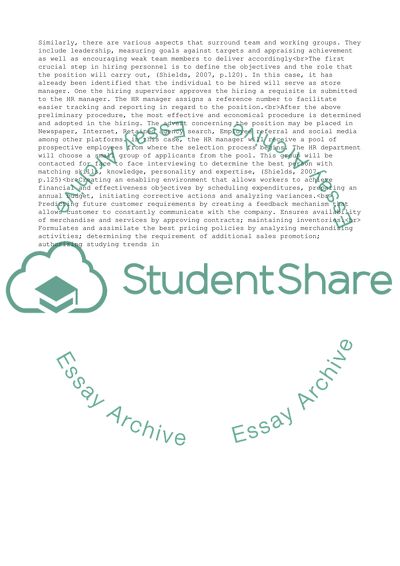Cite this document
(Working with and Leading People Essay Example | Topics and Well Written Essays - 3500 words, n.d.)
Working with and Leading People Essay Example | Topics and Well Written Essays - 3500 words. https://studentshare.org/management/1880900-working-with-and-leading-people
Working with and Leading People Essay Example | Topics and Well Written Essays - 3500 words. https://studentshare.org/management/1880900-working-with-and-leading-people
(Working With and Leading People Essay Example | Topics and Well Written Essays - 3500 Words)
Working With and Leading People Essay Example | Topics and Well Written Essays - 3500 Words. https://studentshare.org/management/1880900-working-with-and-leading-people.
Working With and Leading People Essay Example | Topics and Well Written Essays - 3500 Words. https://studentshare.org/management/1880900-working-with-and-leading-people.
“Working With and Leading People Essay Example | Topics and Well Written Essays - 3500 Words”. https://studentshare.org/management/1880900-working-with-and-leading-people.


